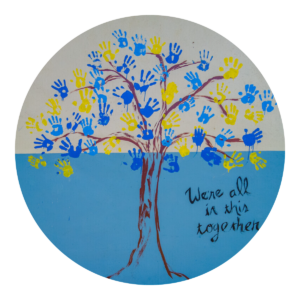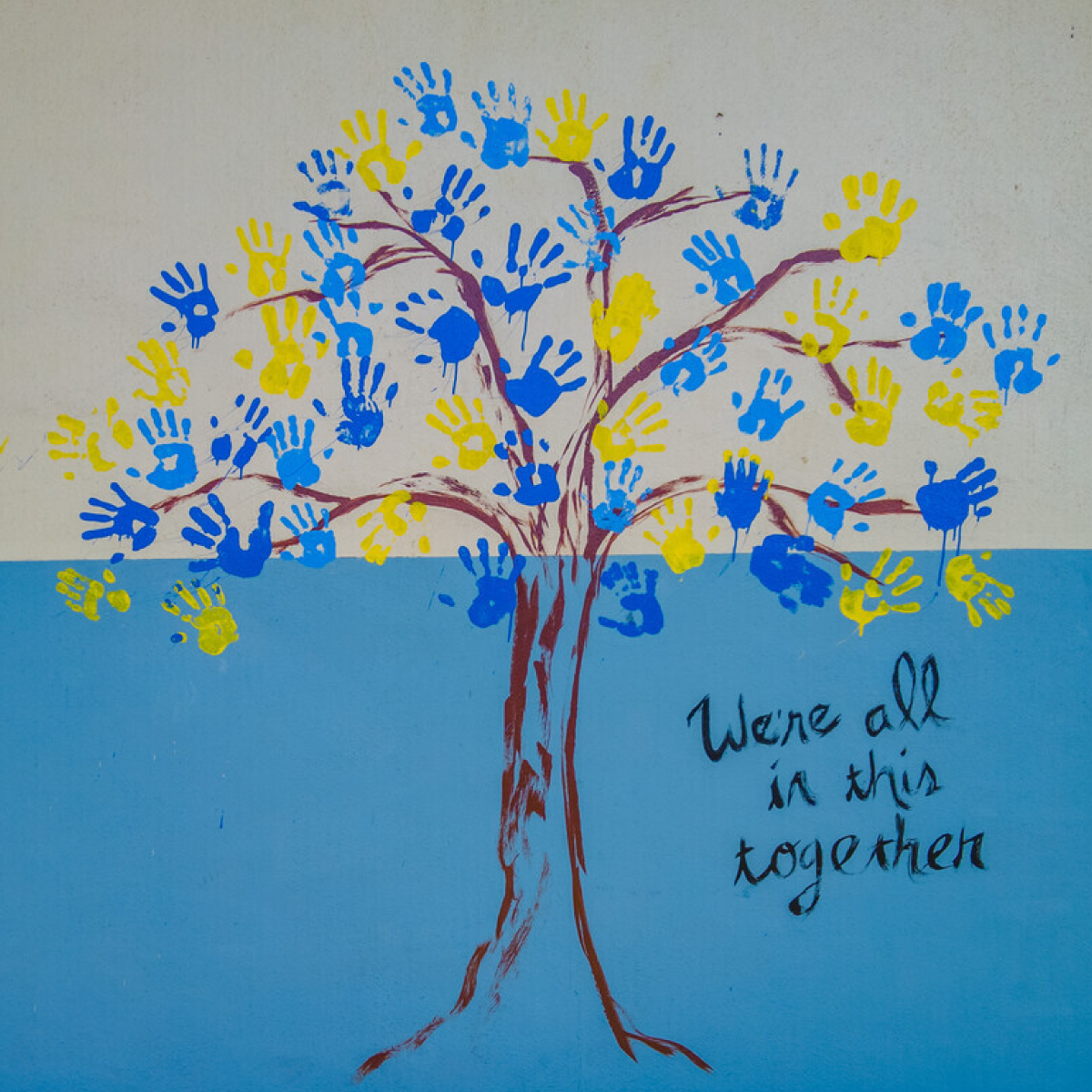
Personalized learning is an approach that tailors the learning experience to each student’s unique strengths, needs, skills, interests, and preferences. Unlike traditional “one-size-fits-all” methods, personalized learning adapts the curriculum, instructional pace, and environment to optimize outcomes for individual learners
(Pane, Steiner, Baird, & Hamilton, 2015).
The key features of personalized learning include:
- Engagement in the Formative Assessment Process: Students co-construct success criteria with teachers, set and monitor goals, engage in deliberate practice, and reflect on their progress and the impact of the strategies they employ.
- Customized Plans: Each student receives a customized learning plan based on their knowledge, skills, and learning style.
- Student Agency: Students actively participate in designing their learning activities, fostering engagement and ownership of their education..
- Flexible Pace and Content: Instructional methods and pacing are adjusted to meet students’ needs, enabling mastery of concepts at their own speed.
- Focus on Interests: Learning activities are meaningful and aligned with students’ personal interests and goals, promoting intrinsic motivation.
Sanford B. Dole Middle School in Honolulu, led by collaborative principal Mavis Tasaka, has demonstrated significant growth in supporting multilingual learners by embracing personalized learning. Teachers created centers, mini-lessons, and activities tailored toward students’ needs following the WIDA Can Do Descriptors. Goal setting was started and they are still fine-tuning. Personalized goals frame each student’s deliberate practice so they can track their progress.
ML Student Performance on iReady MOY
| iReady MOY | 2022-2023 | 2023-2024 |
| ML Student Placement | 36% improved their placement | 45% improved their placement |
| Goal Attainment |
|
|
The 23-24 cohort shows stronger progress toward both typical and stretch growth. With a 100% median progress toward typical growth, more than half (51%) have already met their typical target—an excellent sign of consistent instructional alignment.
For stretch growth, the 36% median shows good momentum, and 16% of students have already reached that ambitious target, indicating high potential. The 23-24 cohort is notably outperforming the 22-23 cohort, particularly in progress toward typical growth.
Strengthening students’ ownership of learning through personalization aligns with and supports Dole’s schoolwide culture of high expectations, agency, and equity for all learners.
A big ho’omaika’i ‘ana and aloha to Dole Middle and their language “guru”, Sandy!”
Works Cited:
- Smith, J. A. (2021). Creating customized learning plans: A guide for educators. Education Press.
- Johnson, L. M., & Rivera, T. (2020). Student agency and adaptive technology in modern classrooms. EdTech Publishers.
- Allen, R. (2022). Motivation in personalized learning: Aligning instruction with student interests. Learning Forward.
- Lee, C. H. (2019). Flexible pacing strategies for personalized instruction. Academic Insights.
- Pane, J. F., Steiner, E. D., Baird, M. D., & Hamilton, L. S. (2015). Continued progress: Promising evidence on personalized learning. RAND Corporation.
- Thompson, K., & Zhang, Y. (2023). Empowering learners: Building lifelong learning skills through personalization. FutureEd Publications.


